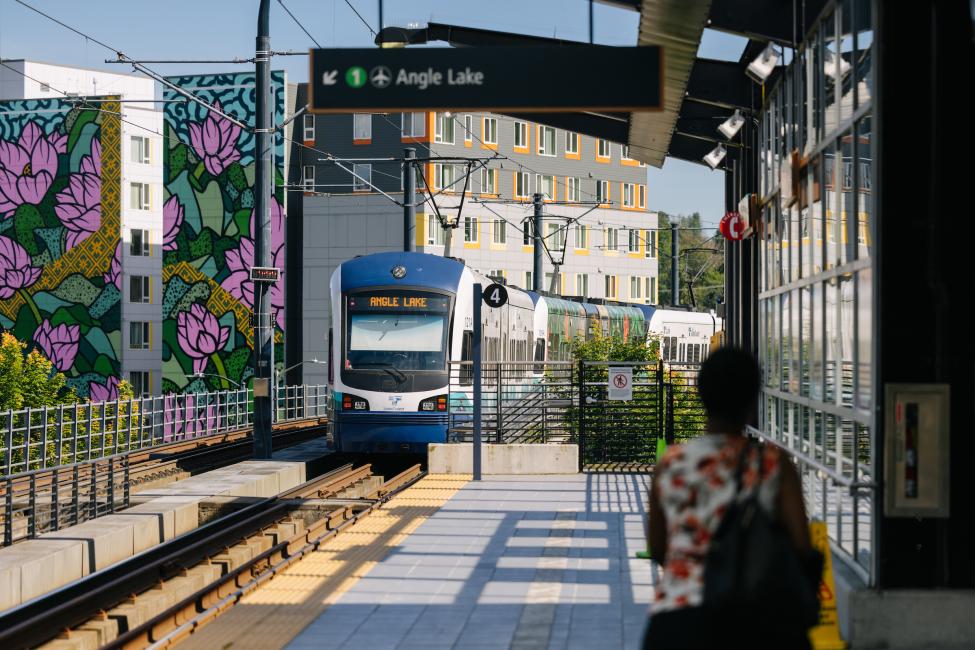If you're riding Link this summer, keep an eye on the digital signage throughout our stations.
Through August 31, you may see us testing our new Passenger Information System (PIMS). The testing is an important step in rolling out the new system, which will improve the passenger experience by providing passengers with accurate real-time arrival data and out-of-service train information.
The testing is an opportunity for us to see what's working and what needs to be tweaked. That means that the information that's displayed during the testing period, including estimated arrival times and GTFS-RT data in trip planners, may not always be accurate.
Identifying those issues now will allow us to fix them. That's a routine part of the process for launching any new technology.
The testing during revenue hours is just the latest round of testing that we've been conducting on PIMS as we work toward rolling it out this summer. Previously, we had tested the system late at night when trains were no longer running. That provided us with the information we needed to move onto the next phase of testing.
Getting PIMS right is important. We know that passengers will welcome the return of arrival predictions on Link platforms, powered by real-time information for the first time. As we expand the program, we will begin replacing signs on Link with our new digital signs and adding new signs at Sounder stations and T Line stations.
Over time, we will be retrofitting Link vehicles so that on-board displays can provide additional information, such as alert information during service disruptions.
Just as important as PIMS is for passenger experience, PIMS is critical for the launch of our new line extensions. The software plays an essential role in the safety systems that are crucial to the operation of the new alignments.
PIMS is complex, multi-departmental effort, and testing now will help us make sure we get it right when we roll the new system out. We'll keep you posted on our progress.
